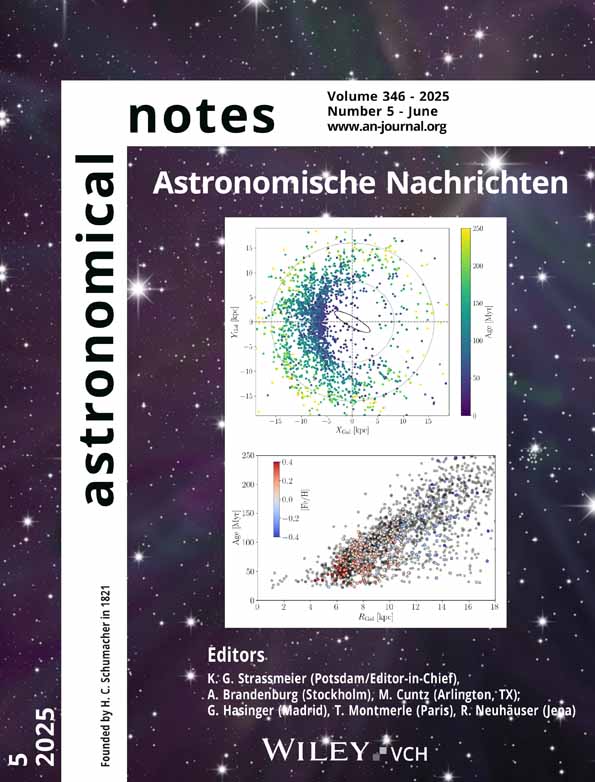Gas and stars in compact (young) radio sources
Abstract
Gas can be used to trace the formation and evolution of galaxies as well as the impact that the nuclear activity has on the surrounding medium. For nearby compact radio sources, we have used observations of neutral hydrogen – that we detected in emission distributed over very large scales – combined with the study of the stellar population and deep optical images to investigate the history of the formation of their host galaxy and the triggering of the activity. For more distant and more powerful compact radio sources, we have used optical spectra and H I – in absorption – to investigate the presence of fast outflows that support the idea that compact radio sources are young radio loud AGN observed during the early stages of their evolution and currently shredding their natal cocoons through extreme circumnuclear outflows. We will review the most recent results obtained from these projects (© 2009 WILEY-VCH Verlag GmbH & Co. KGaA, Weinheim)




